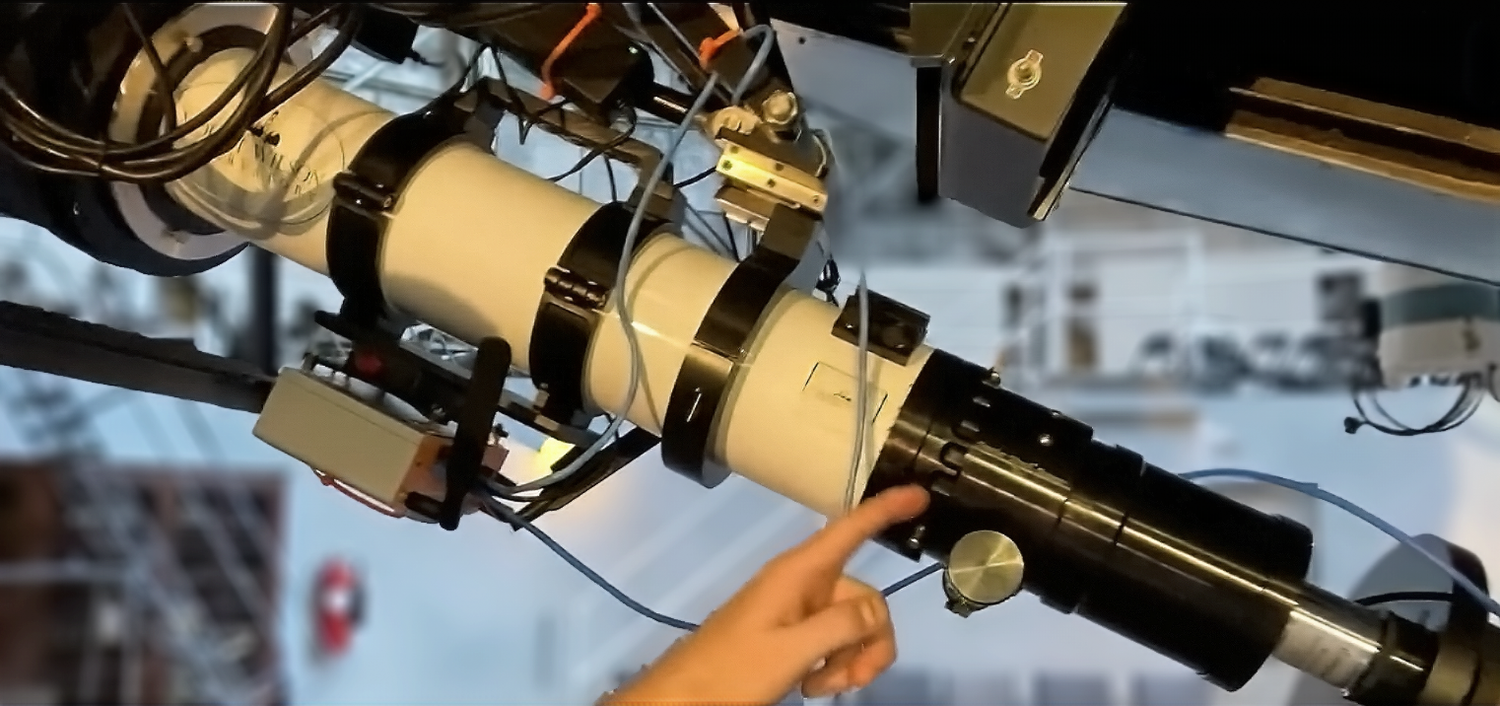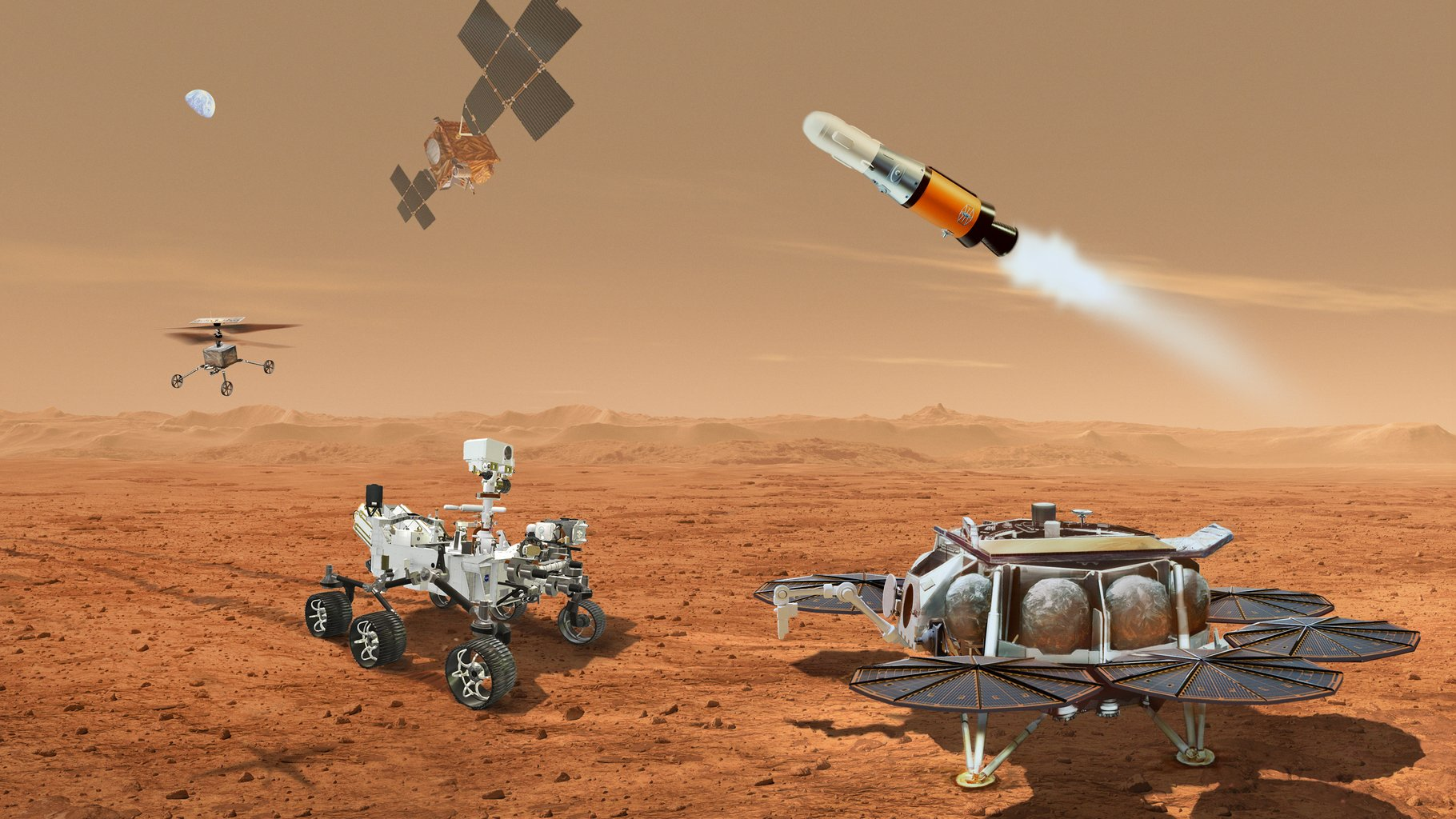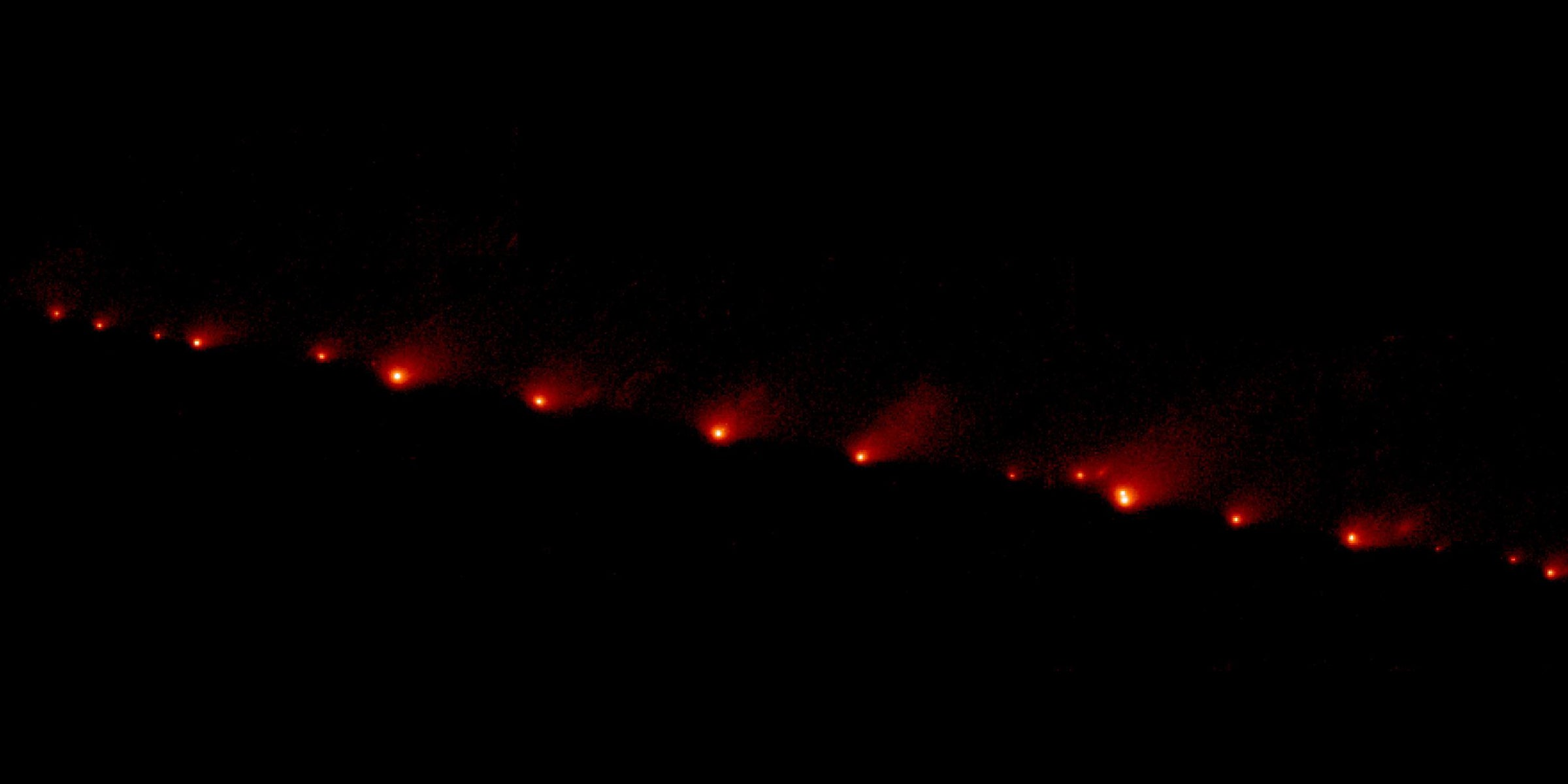We're thrilled to bring you an update from the world of amateur astronomical research. Several years ago, the staff at Mt. Wilson Observatory mounted an Explore Scientific ED127 Air-Spaced Triplet telescope onto the historic 100-inch telescope at Mt. Wilson Observatory. This enhancement significantly boosted its capabilities for visual astronomy for eager stargazers who wanted to experience what the historic telescope could show them. If you've had the chance to observe through this 100-inch telescope, you likely experienced the cosmos through the optical path of the ED127.
While it is amazing to visually view celestial treasures through the 100-inch, its real purpose was to capture data and to extend our understanding of the cosmos. Through the years it delivered on its promise with a long list of discoveries, and it paved the way for even larger and more sophisticated telescopes. Sadly, its heyday has long since passed in the professional community. But the ingenuity of the amateur astronomy community is finding new life for the very capable optics.
Although Mt. Wilson suffers from significant light pollution, there are bright celestial objects that are within reach of the historic instruments. Finding a way to leverage the potential of the 100-inch telescope's resolving power could help reinvigorate its original research purposes. However, like any telescope, its resolving power is limited by atmospheric seeing. In professional astronomy today, expensive active optics are often employed to counteract these effects. Yet, there's another technique—speckle interferometry, introduced in 1970 by Antoine Labeyrie, specifically to address atmospheric turbulence. This technique allows astronomers to achieve resolutions close to the theoretical limit of their telescopes.

Enter STELAR (Small/Scientific Telescope Engineering Learning and Astronomical Research), a team that has been pivotal in leveraging the iconic telescopes at Mt. Wilson for modern scientific endeavors. Their latest project employs speckle interferometry to measure the orbits of binary stars, offering a deeper understanding of these celestial systems. Dale Ghent (a systems engineer known in the amateur astronomy community for being a key developer of NINA, a highly respected astronomical software platform) is part of the STELAR team.
Ghent provided us with an in-depth look of this work from STELAR, illustrating the potent blend of amateur dedication and cutting-edge technology. This collaboration highlights the substantial contributions that amateur astronomers can make, utilizing innovative tools and methods to deepen our understanding of the universe. In addition to amateur scientists, young students from the InStAR program led by Rachel Freed will be among those who will benefit from a hands-on experience with this science package.
The 100-inch Telescope is not only legendary in astronomical history but also a cornerstone of scientific discovery. It was the world's largest operational telescope when it saw first light in 1917 and played a crucial role in many early 20th-century astronomical discoveries, including Edwin Hubble's revelation that M31 was another galaxy, not merely a nebular formation. Integrating speckle interferometry into this historic telescope is an exciting development and we applaud the innovators at STELAR that successfully developed and deployed it.
For us at Explore Scientific, we are thrilled to play a small role to contribute to the exploration of binary stars and we look forward to the valuable data that work will yield. We extend our deepest thanks to the Mt. Wilson Observatory Staff and STELAR in this important development, and we look forward to many more exciting updates from this amazing collaboration.















Leave a comment
All comments are moderated before being published.
This site is protected by hCaptcha and the hCaptcha Privacy Policy and Terms of Service apply.